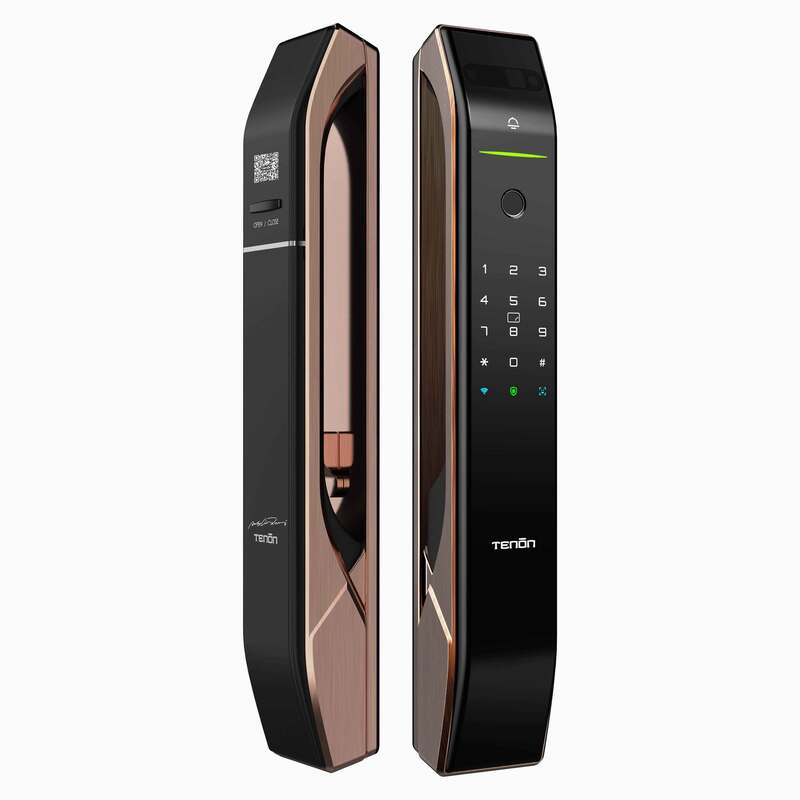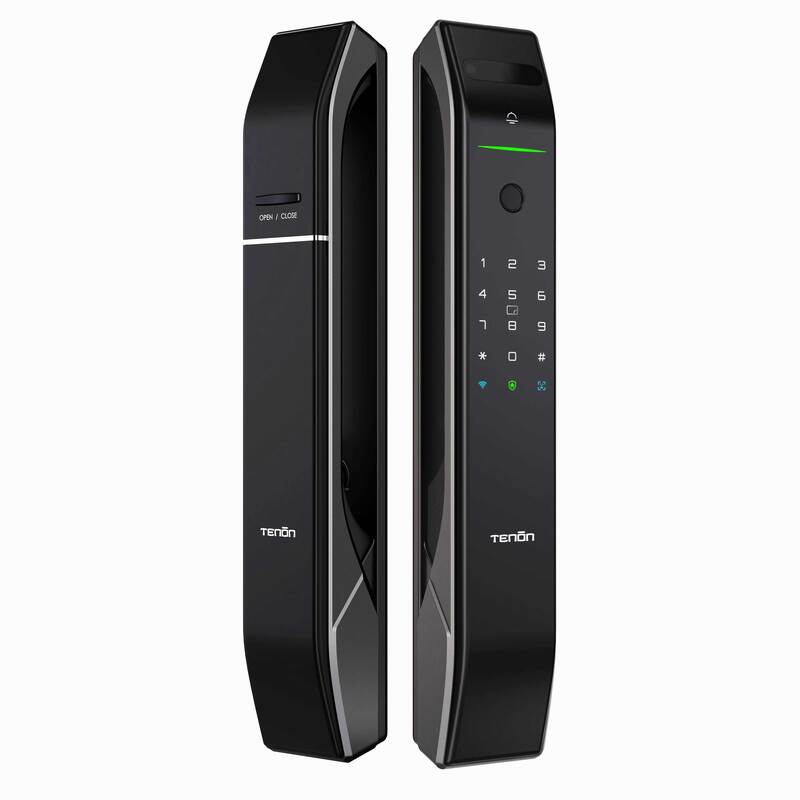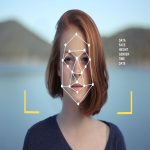Introduction to Ring Facial Recognition
In the evolving realm of technological advancements, Ring facial recognition technology has made significant strides. This state-of-the-art innovation has the potential to redefine security measures, offering heightened safety for homes and businesses alike. By integrating sophisticated algorithms and machine learning, Ring facial recognition systems can identify individuals with impressive accuracy. Consequently, users can experience unprecedented levels of control and convenience.
Moreover, the rise of these systems marks a pivotal shift in how we perceive privacy and security. As technology continues to advance, its potential applications and implications are vast. However, while the benefits are numerous, they are not without challenges. Addressing these challenges requires a nuanced understanding of both the technological capabilities and ethical considerations. Thus, it’s essential to explore the multifaceted aspects of Ring facial recognition comprehensively.
In addition, with increased adoption, understanding the technology’s principles becomes paramount. As communities grow more interconnected, embracing these innovations while balancing privacy concerns will be crucial. Therefore, a thorough exploration of the technology, its applications, and ethical considerations will provide valuable insights.

The Technology Behind Ring Facial Recognition
How Facial Recognition Works
Facial recognition technology operates by analyzing and mapping an individual’s facial features. These biometric systems capture an image and convert it into a digital representation. This digital representation, or facial template, is then stored in a database for future reference. Subsequently, when an individual approaches a facial recognition-enabled device, the system compares the new image with stored templates.
Moreover, the process involves multiple stages, including detection, alignment, feature extraction, and matching. Detection identifies the presence of a face within an image, while alignment adjusts the facial image for consistent comparison. Feature extraction involves identifying distinct facial landmarks, such as eyes, nose, and mouth. Finally, the matching phase compares these landmarks to stored templates. This multi-step process ensures high accuracy and reliability.
Furthermore, Ring facial recognition systems integrate machine learning algorithms, continually refining their accuracy. These algorithms improve through exposure to diverse facial images, enhancing their ability to recognize individuals under various conditions. This adaptability underscores the technology’s sophistication and potential for widespread application.
Integration with Existing Systems
Ring facial recognition technology seamlessly integrates with existing security infrastructure, providing enhanced functionality. Many users already have Ring devices installed, such as doorbell cameras and security cameras. By incorporating facial recognition capabilities, these devices can offer an added layer of security. For instance, recognized faces can trigger specific actions, such as unlocking doors or sending alerts.
Additionally, integration with home automation systems can elevate the user experience. Imagine arriving home and your security system recognizing you, unlocking the door, and adjusting the lighting to your preference. This level of automation not only enhances convenience but also ensures security. Furthermore, businesses can benefit from streamlined access control, allowing only authorized personnel into restricted areas.
Moreover, integrating facial recognition with cloud storage solutions ensures that recognized faces are securely stored and accessible. This cloud-based approach allows for real-time updates, ensuring the system stays current with recognized individuals. Thus, the seamless integration of Ring facial recognition with existing systems exemplifies its transformative potential.

Applications of Ring Facial Recognition
Home Security
Ring facial recognition technology is revolutionizing home security, offering homeowners heightened peace of mind. Traditional security systems often rely on motion sensors and alarms, which can sometimes result in false triggers. However, facial recognition introduces a more precise approach. By identifying known individuals, it minimizes false alarms and enhances the overall security experience.
In addition, homeowners can customize the system to recognize family members, friends, and regular visitors. This customization ensures that only unfamiliar faces trigger alerts, reducing unnecessary notifications. Furthermore, in case of suspicious activity, the system can capture and store facial images, aiding in subsequent investigations. Consequently, this advanced technology allows homeowners to protect their property more effectively.
Moreover, Ring facial recognition can integrate with other smart home devices, such as security lights and intercom systems. This integration allows for coordinated responses to potential threats, further enhancing security. Overall, the application of facial recognition within home security represents a significant leap forward in safeguarding personal spaces.
Business and Commercial Use
Businesses are also set to benefit from the innovative applications of Ring facial recognition technology. Access control is a critical aspect of any commercial security strategy. By employing facial recognition, businesses can streamline entry to their premises. Authorized employees face less hassle, while unauthorized individuals are promptly identified and denied access.
Additionally, integrating facial recognition with attendance systems can simplify workforce management. Employees can be automatically checked in and out, ensuring accurate timekeeping. This not only enhances operational efficiency but also reduces administrative burdens. Furthermore, the technology can be employed for customer monitoring in retail environments, aiding in customer service and targeted marketing efforts.
Moreover, integrating these systems with existing security protocols creates a robust defense against potential threats. In case of emergencies, recognized faces can help expedite evacuation procedures, ensuring safety. Hence, the commercial applications of Ring facial recognition technology are diverse and offer numerous advantages.
Ethical Considerations
Privacy Concerns
While the advancements in facial recognition technology bring numerous benefits, they also raise significant privacy concerns. The ability to capture and store facial data poses risks related to personal privacy. Individuals may be uncomfortable with the idea of being constantly monitored and identified without their explicit consent. Therefore, addressing these concerns is crucial to ensure the ethical use of the technology.
Additionally, there are questions regarding data storage and security. Facial recognition systems must store vast amounts of biometric data, raising concerns about data breaches. Ensuring that this data is encrypted and securely stored is paramount to maintaining user trust. Furthermore, clear policies and regulations must be established to govern how facial data is collected, stored, and used. Balancing the benefits of the technology with privacy concerns will be essential for its acceptance.
Moreover, transparency in the deployment of facial recognition systems is crucial. Users should be informed about when and how their data is being collected. This transparency helps build trust and ensures that the technology is used responsibly. Therefore, addressing privacy concerns is an essential aspect of the ethical use of Ring facial recognition technology.
Ethical Deployment
The ethical deployment of Ring facial recognition technology encompasses several critical considerations. One primary concern is ensuring that the technology is used for its intended purpose and not for unauthorized surveillance. Establishing clear guidelines and policies is vital to prevent misuse. Governments and regulatory bodies must collaborate to create a framework that guides the ethical deployment of facial recognition systems.
Moreover, addressing potential biases in facial recognition algorithms is crucial. Studies have shown that some facial recognition systems may exhibit racial and gender biases, leading to inaccuracies. Ensuring that the technology is trained on diverse datasets can help mitigate these biases. Additionally, regular audits and evaluations of the system’s performance are essential to identify and rectify any biases.
Furthermore, obtaining informed consent from individuals before collecting their facial data is a fundamental ethical consideration. Users should have the option to opt-out if they are uncomfortable with facial recognition. Providing clear information about the system’s use and data handling practices ensures transparency. Thus, ethical deployment requires a multifaceted approach that prioritizes fairness, transparency, and user consent.

Future Prospects
Advances in Technology
The future of Ring facial recognition technology is poised to witness remarkable advances. Rapid developments in artificial intelligence (AI) and machine learning are set to enhance the accuracy and efficiency of facial recognition systems. These advancements will further increase the capability of the technology to recognize individuals in real-time, even under challenging conditions.
Additionally, integrating facial recognition with other biometric technologies, such as voice recognition and fingerprint scanning, could lead to more secure and robust systems. This multi-biometric approach can enhance security by relying on multiple factors for identification. Moreover, the incorporation of AI-driven analytics can enable predictive security measures, identifying potential threats before they materialize.
Furthermore, the evolution of hardware, including high-resolution cameras and powerful processors, will contribute to the overall improvement of facial recognition systems. These advancements will enable the technology to become more accessible and affordable, driving widespread adoption. Consequently, the future prospects of Ring facial recognition technology are promising, with the potential to revolutionize various industries.
Potential Challenges
Despite the promising future, the adoption of Ring facial recognition technology will face several challenges. One significant challenge is public acceptance. As the technology becomes more pervasive, individuals and communities may express concerns about privacy and surveillance. Addressing these concerns and building trust will be essential for the successful deployment of the technology.
Moreover, regulatory frameworks will need to evolve to keep pace with technological advancements. Governments and regulatory bodies must establish clear guidelines to ensure the ethical use of facial recognition. These regulations should address issues such as data protection, consent, and accountability. Striking a balance between innovation and regulation will be crucial to avoid potential misuse.
Furthermore, ensuring that the technology is accessible and affordable to all segments of society is another challenge. Bridging the digital divide and making facial recognition technology available to everyone, regardless of socioeconomic status, will be essential for equitable adoption. Thus, addressing these challenges will be critical to realizing the full potential of Ring facial recognition technology.
Conclusion
Summary of Key Points
In conclusion, Ring facial recognition technology represents a significant advancement in the field of security. By leveraging sophisticated algorithms and machine learning, it offers enhanced safety and convenience for both homes and businesses. The technology works by capturing and analyzing facial features, creating a digital representation for future comparison. Moreover, its integration with existing systems and home automation elevates security to unprecedented levels.
Furthermore, the applications of Ring facial recognition are diverse, ranging from home security to commercial use. Homeowners benefit from personalized security experiences, while businesses streamline access control and workforce management. However, the deployment of facial recognition technology raises important ethical considerations. Addressing privacy concerns, ensuring informed consent, and mitigating biases are essential for ethical use.
Additionally, advances in AI and machine learning promise a bright future for Ring facial recognition. However, challenges related to public acceptance, regulatory frameworks, and accessibility must be addressed. By navigating these challenges, society can fully harness the potential of this transformative technology. Therefore, Ring facial recognition technology stands poised to shape the future of security and convenience.
Final Thoughts
As we move towards an increasingly interconnected world, Ring facial recognition technology will play a pivotal role in shaping our security landscape. The benefits it offers, from enhanced home security to streamlined business operations, are remarkable. However, its adoption must be guided by ethical principles that prioritize privacy, transparency, and fairness. By addressing these considerations, we can ensure that facial recognition technology serves as a valuable tool for a safer and more secure future. The journey ahead will require collaboration and thoughtful regulation, but the potential rewards are substantial. Therefore, embracing and responsibly deploying Ring facial recognition technology can pave the way for a new era of innovation and security.


